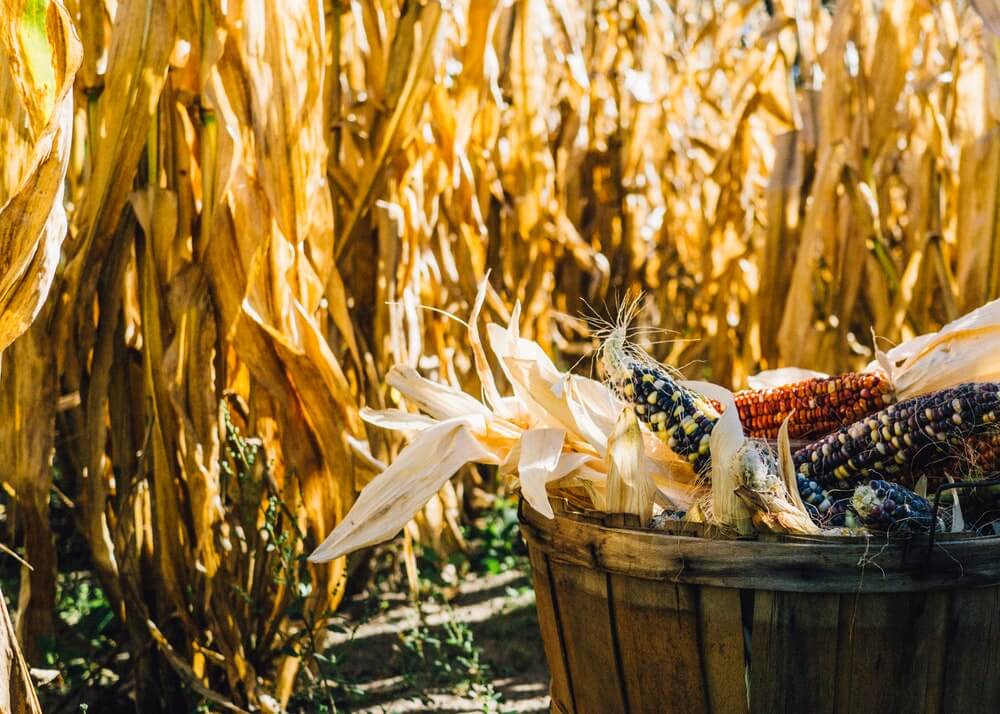Business
Corn prepares for a rally, soybeans to drop
The upcoming May WASDE reports may reflect optimism for corn futures as bushels’ average continue to rise while soybean is expected to drop slightly.

The USDA is due to release the May WASDE report, and with the May report comes the first “official” glimpse of the 2018/19 marketing outlook. With 25 days left for wheat marketing year and 117 days left for corn and soybeans, the market will be working to estimate final demand numbers for the market year that is winding down. But equally important is how the next year may look as well. Drought-stricken South America, lower-than-expected acreage in the U.S. and, of course, the weather in both hemispheres.
With average trade estimates in advance of the WASDE now released, corn may have a supportive report day. The average trade is looking for little changes in the current market year with a tight range of estimates. However, the new crop range of estimates spans 440 million bushels! Averaging out to 1.628 billion bushel estimate for 18/19, the market may find comfort in the fact that corn has gone from a burdensome 2.XXX to now being sub-2 billion. Or, at least on paper, it will say.
The USDA is likely to use the Prospective Planting estimate of 88.03 million acres—a debatable number—but the number most likely to be used. The same story goes for soybeans with acreage likely at 88.98 million. That acreage debate will continue through June, and until then, the market will be chewing on the official USDA numbers and provide marketing opportunities for producers.
Adding to support will be the starting yield estimate that will likely be from the February Outlook Conference estimate of 174.0 bushels per acre. We all know that 174.0 should be an outstanding yield, but recent years have proven otherwise. Will this year be another record setter? While the crop is getting in the ground, we are still behind the norm, and there is a long growing season yet to come—yield at this point is anybody’s guess.
The word of caution for the corn market is not to get overly bullish, yet. Demand damage with higher prices can happen quickly and the likeliness of US acreage coming in as estimated seems low, especially given the near-term forecast. A few million more acres and as good as or better than expected yield could quickly balloon the balance sheet once again. While it is likely to remain at or below 2 billion, even on a good crop year, 2 billion bushels for corn could still be rather large if the Brazilian crop can pull through.

Year-ending stocks for soybeans are expected to decrease a bit, owing to its dormancy in the market. (Source)
Then the question will be, can corn dance without soybeans? The average trade is looking for the current market year ending stocks in soybeans to drop slightly as strong crush margins have supported several record monthly crushes, but exports remain a dark cloud over the marketplace.
As of April 30th, 77.4 percent of expected soybeans have been shipped, trailing the five-year average of 88.4 percent. This issue has been looming over the soybean market for most of the market year, and if it hadn’t been for Argentina’s severe drought, the USDA may have already “bitten the bullet” and made further revisions lower—something that may yet be coming.
So, back to the question, can corn dance without soybeans? Looking at the corn/soybean ratio, which has fallen 0.05 this month and down 0.15 from the December high, might be indicating that corn is, at the moment, willing to dance alone and has done so in the face of declining soybean prices.
With so many items on the list that has large ranges of estimates from the marketplace, one might be safe to assume that Thursday’s WASDE report will come with fireworks, and if it’s not from the row crops, wheat has a long list on its show list as well.
—
DISCLAIMER: Trading commodity futures and options involves substantial risk of loss and may not be suitable for all investors. You should carefully consider whether trading is suitable for you in light of your circumstances, knowledge and financial resources.

-

 Markets1 week ago
Markets1 week agoCocoa Prices Drop Amid Speculative Selling and West African Supply Concerns
-

 Cannabis1 week ago
Cannabis1 week agoIs Aurora Cannabis Stock a Risk Worth Taking?
-

 Impact Investing2 weeks ago
Impact Investing2 weeks agoEU Eases CO2 Tax Burden on SMEs with Revised CBAM Rules
-

 Fintech2 days ago
Fintech2 days agoRobinhood Expands to Europe with Tokenized Stocks and Perpetual Futures


























You must be logged in to post a comment Login